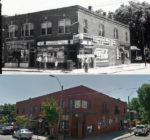
Corner drugstore at 39th and Genessee served the neighborhood
Small corner stores with living quarters above are a feature of many neighborhood corners in Midtown, including the southeast corner of 39th and Bell in the Volker neighborhood. This corner shop housed several different drug stores in the early ...
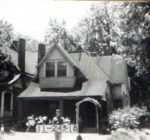
On Southmoreland’s Oak Street, grocers, railroad men, salesmen raised their families
Families moved into homes on the 4100 block of Oak beginning in the late 1800s and the area blossomed in the early 1900s.
A 1909-1950 Sanborn map of the block. Note that Oak and McGee run north to south so the map is flipped on its side.
A well-known ...
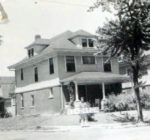
Middle class families settled in Southmoreland on Hyde Park Avenue (McGee Street)
The corner of E. 43rd and McGee Streets in 1940. Middle-class families filled in the rows of homes along McGee from 41st to 43rd beginning in the early 1900s. Family members worked as railroad workers, chemists and real estate dealers, among ...
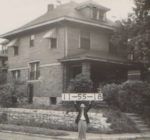
Valentine’s Waverly Way has disappeared
A 1905 newspaper ad touts the choice homes on Waverly Way, just made ready for occupancy. This row of residences stood on the north side of the street (now known as West 34th Terrace), between Pennsylvania and Washington Streets. All of Waverly ...
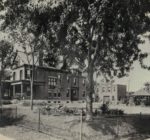
North Hyde Park block drew early prominent families
The home at 3310 Harrison was known as “the Old Barton Home” in the early years of Midtown development. This photo dates from around 1900, when William Barton, president of the Barton Hat Company, lived here. The home became a sanitarium ...
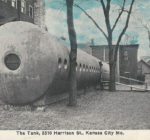
Why was there a huge steel tank at 33rd and Harrison in the 1920s?
This vintage postcard gives no details about “the tank,” which was sitting in the yard of 3310 Harrison in North Hyde Park in the 1920s. But a little research turned up numerous news articles from the day about its purpose, and highlighted ...
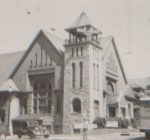
A block dominated by churches in Old Westport
Two churches, Our Lady of Good Counsel and Westport Methodist, dominate this block of the Valentine neighborhood just north of Westport. Many churches moved to Midtown in the early 1900s as their congregations moved south. This photo is from ...
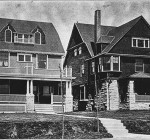
Do you know the history of the Center City neighborhood?
Homes in the Center City neighborhood around 1900.
originally published April 6, 2015
In the early 1900s, developers such as the Cowherd Brothers were building “modern” middle class homes across what is now Midtown. One area where development ...
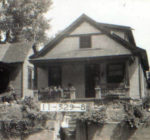
A glimpse of a racially-mixed block of Westport in early 1900s
In the early 1900s, black families owned and rented homes on the south side of this block, while white families owned and rented on the north side. The neighborhood known as Steptoe, now nearly gone, set aside land where former slaves could ...
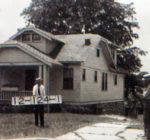
Westwood Park homes offered fireplaces, garages, and rec rooms
Small but modern homes close to the Country Club Plaza made for modern living in the early 1930s, as this block of Westwood Park filled in. This photo was taken in 1940.
Many of the homes on this Westwood Park block, between Liberty and Terrace ...



Who’s talking